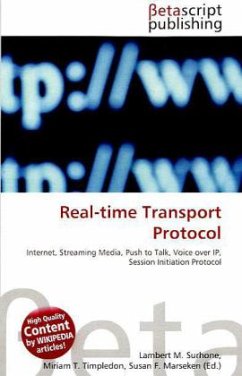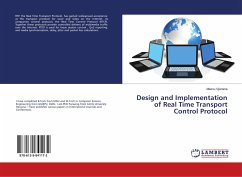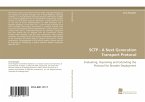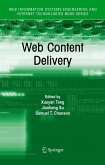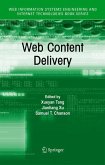High Quality Content by WIKIPEDIA articles! The Real-time Transport Protocol (RTP) defines a standardized packet format for delivering audio and video over the Internet. It was developed by the Audio-Video Transport Working Group of the IETF and first published in 1996 as RFC 1889, and superseded by RFC 3550 in 2003. RTP is used extensively in communication and entertainment systems that involve streaming media, such as telephony, video teleconference applications and web-based push to talk features. For these it carries media streams controlled by H.323, MGCP, Megaco, SCCP, or Session Initiation Protocol (SIP) signaling protocols, making it one of the technical foundations of the Voice over IP industry. RTP is usually used in conjunction with the RTP Control Protocol (RTCP). While RTP carries the media streams (e.g., audio and video) or out-of-band events signaling (DTMF in separate payload type), RTCP is used to monitor transmission statistics and quality of service (QoS) information. When both protocols are used in conjunction, RTP is usually originated and received on even port numbers, whereas RTCP uses the next higher odd port number.

